'One Country, Two Systems' proposition rejected by Taipei
Officials in Chinese Taipei have rejected the 'One Country, Two Systems' plan proposed by China for the self-ruled Island, tensions are high between China and Taiwan. The flare up comes days after the provocative visit by US House Speaker Nancy Pelosi to the island.
Taipei has retorted that only the Taiwanese can decide the islands future. The reaction came after China published a white paper on Taiwan which Beijing says shows the resolute determination of Beijing to peacefully resolve the unification issue.
The paper lays out China's position on the self-ruled Island asserting that Beijing would never allow any attempt to separate Taiwan from the mainland but that it would make every effort to bring about unification through peaceful means.
Taiwan has accused Beijing of using US House Speaker Nancy Pelosi's visit as "an excuse to destroy the status quo". Pelosi visited the island on August 2 despite vehement protests from China.
What they want to do with Taiwan is fight, the US wants to fight China to the last Taiwanese, if not, to the last Japanese, if not enough then to the last Korean. Ultimately the US will not fight the wars, it will instead give weapons, it will antagonize both sides. And this is what they want to do; and it's actually a replica to [sic] the World War Two.
Angelo Giuliano, Financial & Political Annalist
Beijing reacted with an unprecedented burst of military drills around the island which lasted for several days.
Taiwan has also launched live fire drills in the wake of China's largest ever military exercise. The white paper issued by China this week was the third document of its kind regarding Taiwan.
The previous editions covered the Taiwan question and reunification of China, published in 1993 which was followed by another paper, the one China principle and the Taiwan question, which came out in 2000.
China insists that the differences in the social systems in the Mainland and Taiwan are "neither an obstacle to reunification nor a justification for secessionism", but Beijing says it will not rule out the military option to achieve such reunification.
What China wants to do with this white paper is just to find a way with Taiwan to get it back to its sense because unification will happen. The problem is that if it doesn't happen peacefully, it will happen by force. China doesn't want to do it by force, but it's being pushed on [sic] the corner by the US because the US is actually slowly declaring Taiwan independent.
Angelo Giuliano, Financial & Political Annalist
Speaker Pelosi's controversial visit has undermined the one China policy which is recognized by nearly all countries in the international community, including the United States.
Under the policy the international community recognizes Taiwan as part of China and the US is committed to recognizing and having formal ties with mainland China, rather than the island of Taiwan.
However, Washington, contrary to its very own policy, continues to undermine China's sovereignty and courts this secessionist government in Taipei.
So what is the current one country two system? It was applied actually the first time in Hong Kong. And so since the handover in 1987, they applied the One Country Two System.
The way it was done in Hong Kong was that Hong Kong could keep its, a very high degree of autonomy.
And actually they did it for Hong Kong, and it was a way a show case that they could show to Taiwan to say, well, in case you were to reunify with the mainland, this would be the system.
Angelo Giuliano, Financial & Political Annalist
China has proposed the One Country Two Systems model to bring Taiwan back.
The policy allowed the Chinese government to successfully solve the question of Hong Kong through diplomatic negotiations with the British government.
Hong Kong had been under colonial British rule since the 19th century; China resumed its sovereignty over the island on July 1 1997.
But what happened in Hong Kong was that you had the external forces. You had the massive amount of money being poured (in) by (the) NED, National Endowment for Democracy.
And you had the usual suspects, the whole, the whole team of regime change, working for the US and MI6, and they did everything to destroy the one country two systems in Hong Kong, and that ended up with the riots.
And then in 2020, you had the national security law.
Angelo Giuliano, Financial & Political Annalist
Under the model offshore regions like Hong Kong remain under China's sovereignty but can retain their own economic and administrative systems. Now, China insists the same model could be applied to Taiwan.
Australian PM rejects Netanyahu’s attempt to tie Sydney attack to Palestinian statehood
Iran, Belarus sign key agreements to boost cooperation, counter Western sanctions
Palestinian journalist recounts unsettling details of abuse in Israeli jails
VIDEO | Sydney attack: A pretext for Netanyahu to justify a new war?
Iran’s top general hails major improvements in air defense systems
Iran: Claims over Persian Gulf islands contradict ‘sovereignty, good neighborliness’
Democrats, Republicans colluding to ‘kill’ Epstein files: CIA whistleblower
VIDEO | Press TV's news headlines



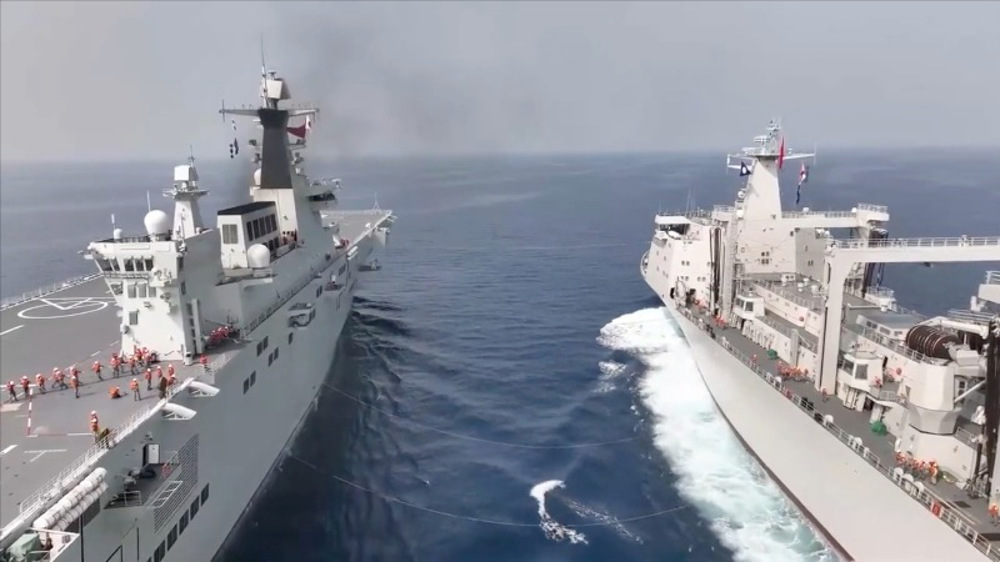
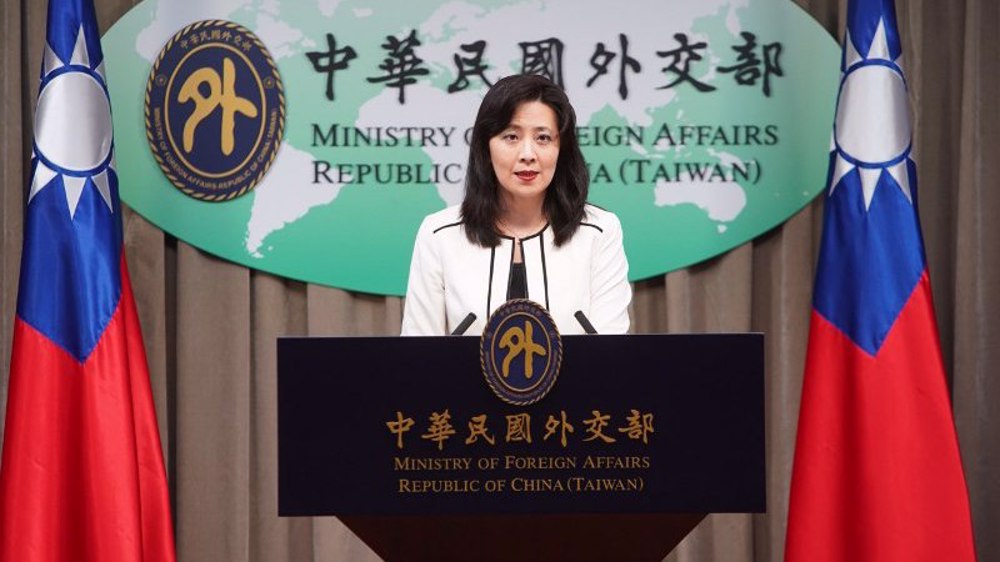
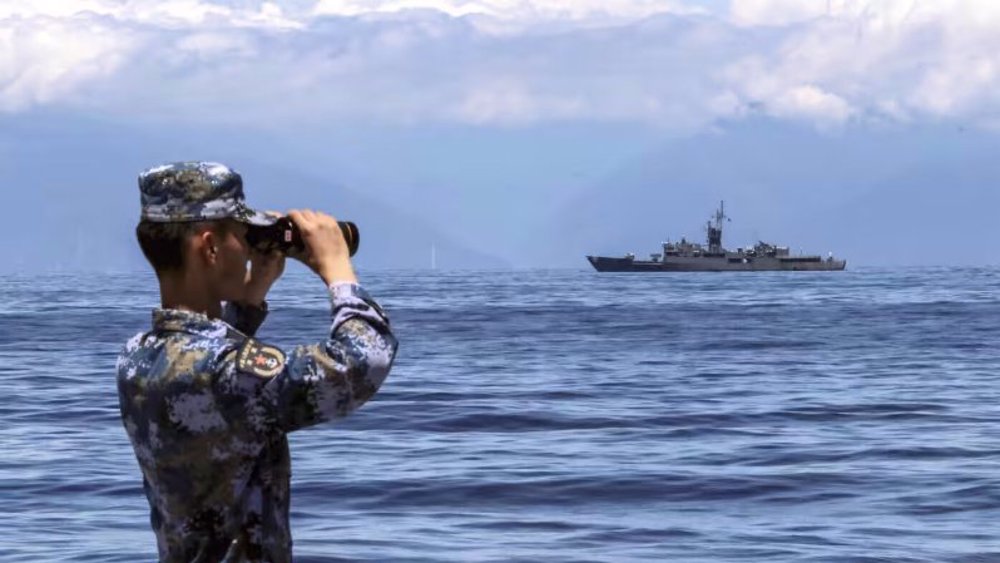
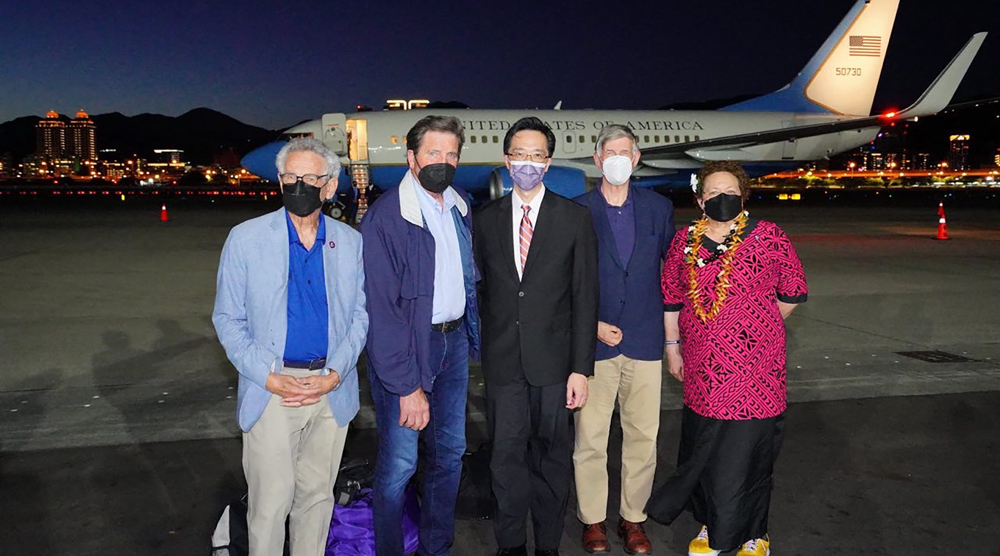


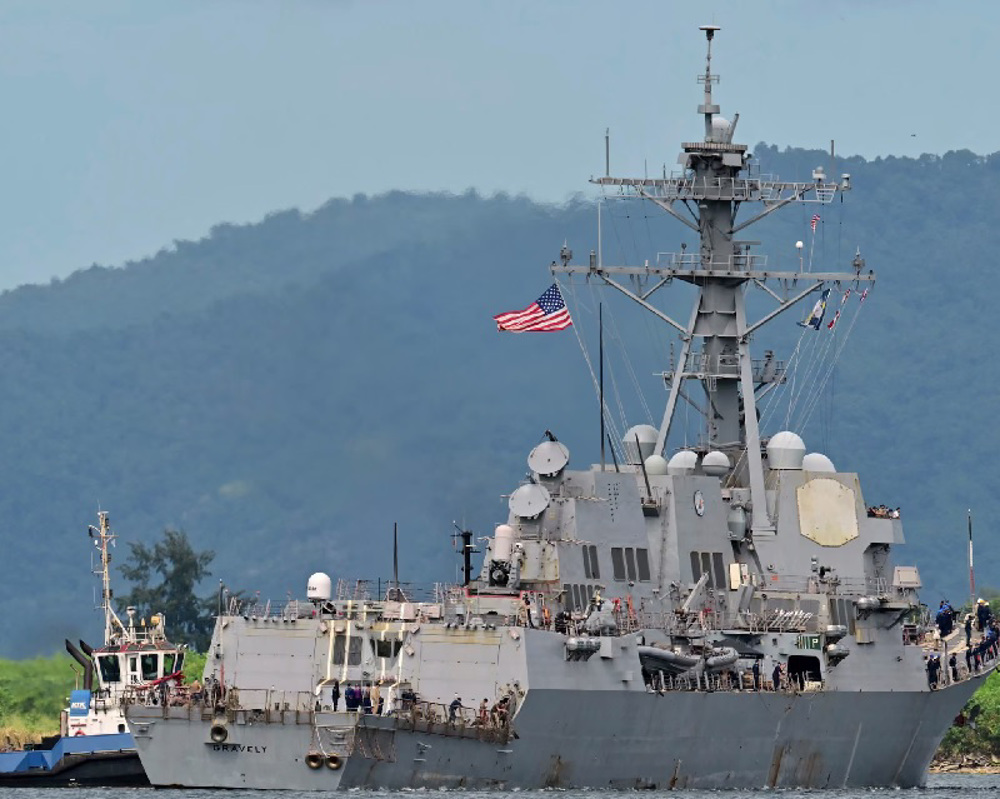



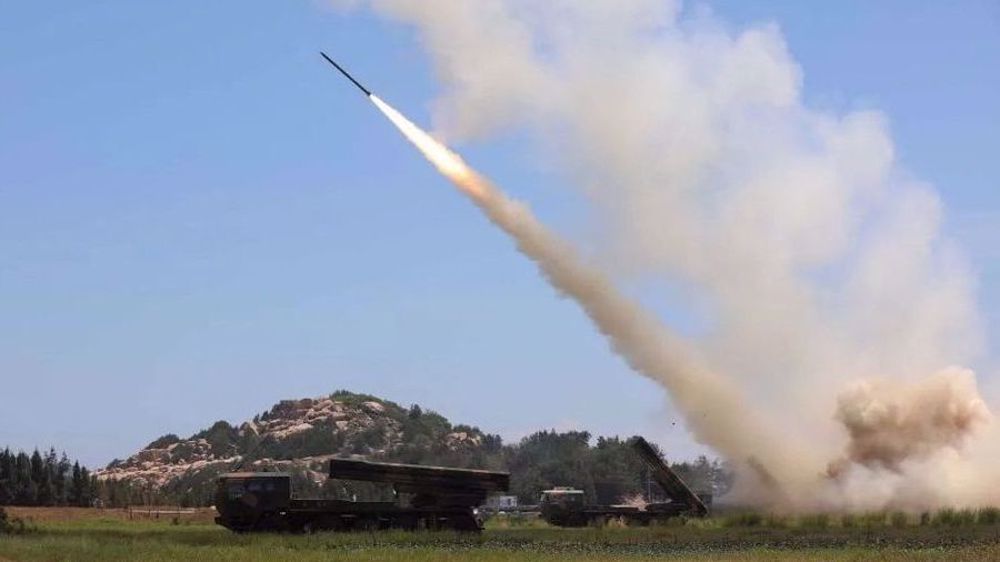
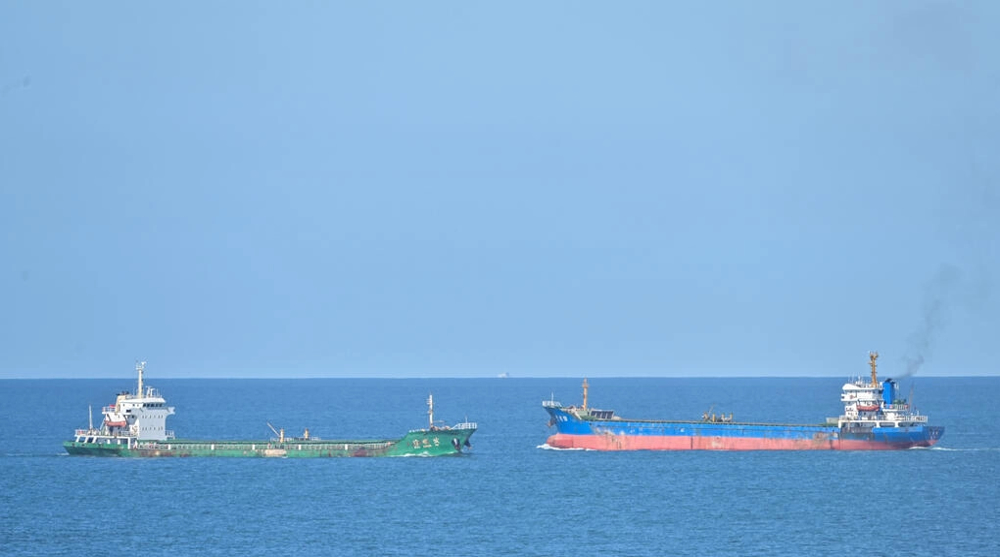
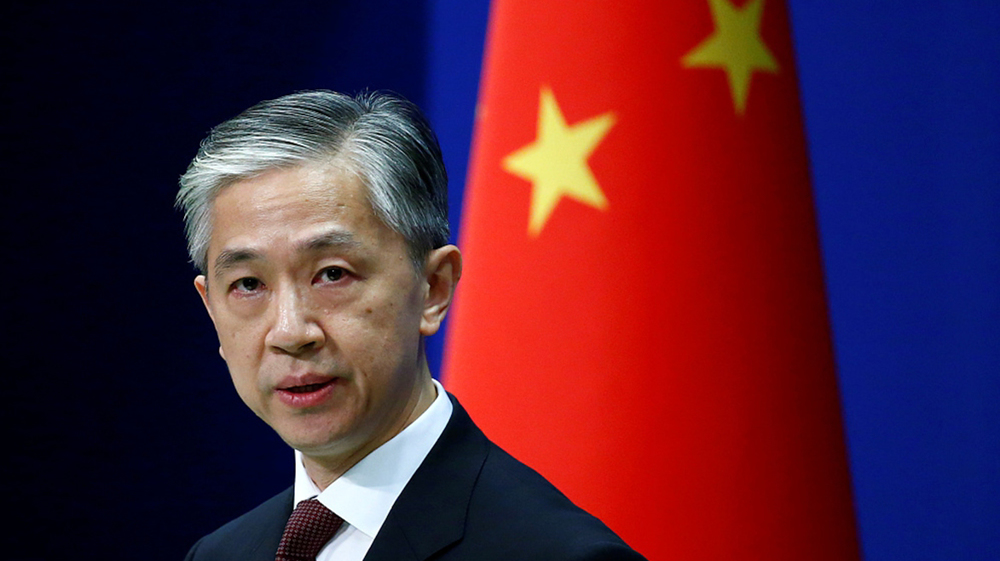
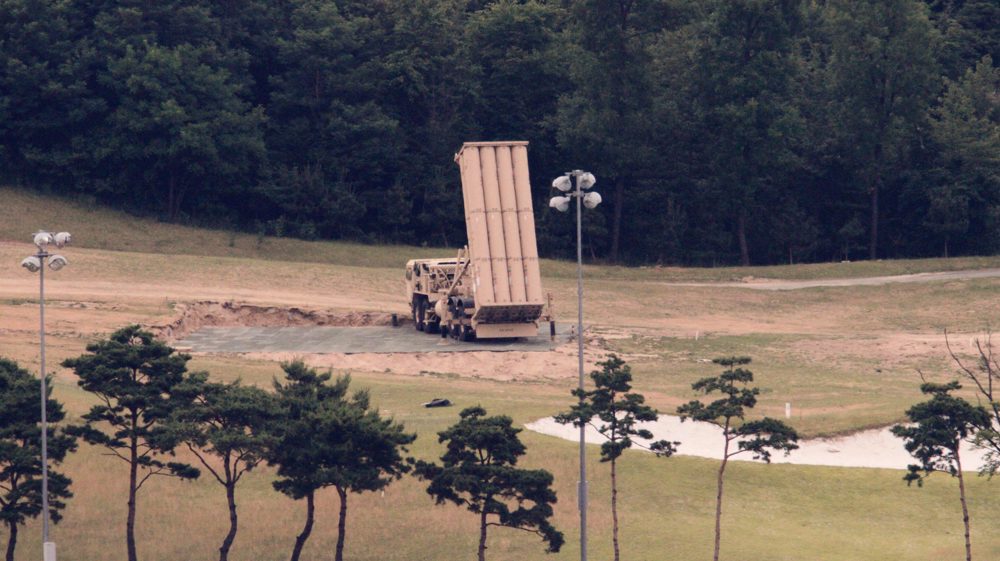
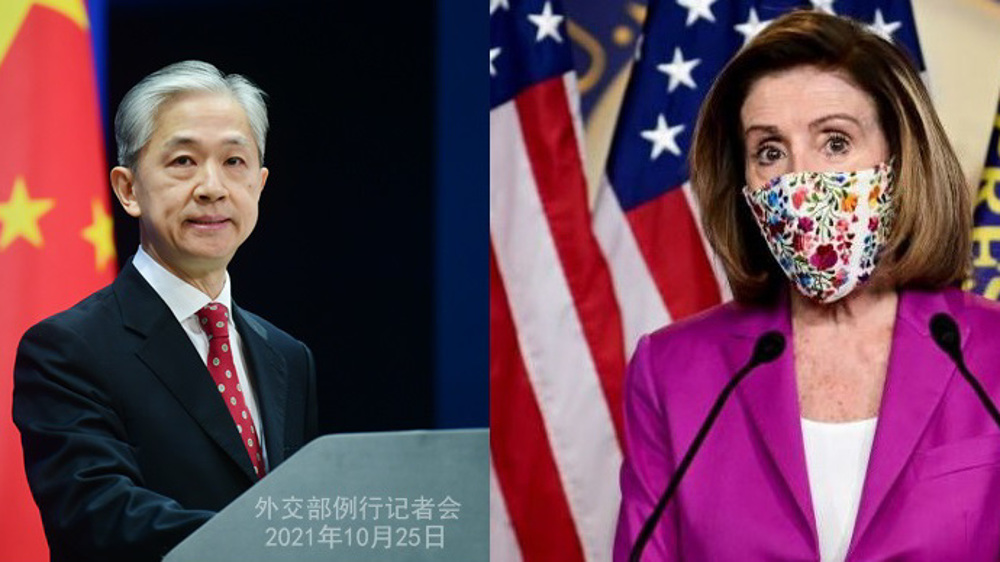
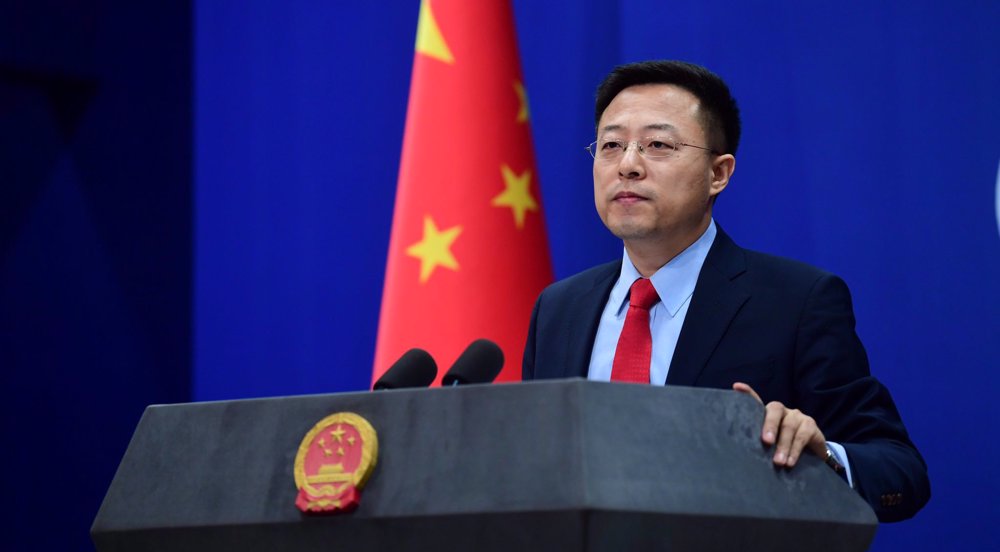

 This makes it easy to access the Press TV website
This makes it easy to access the Press TV website